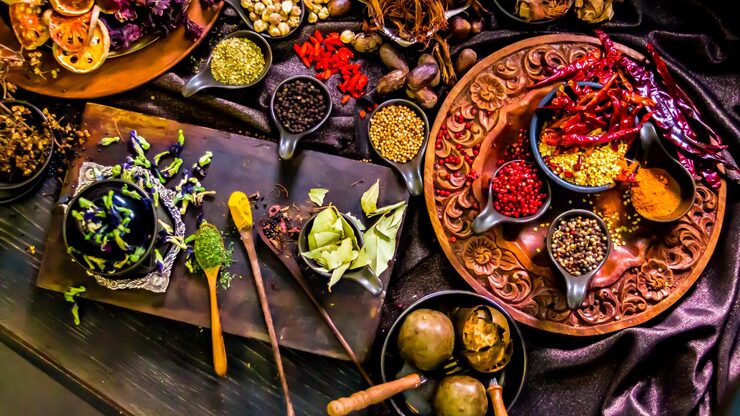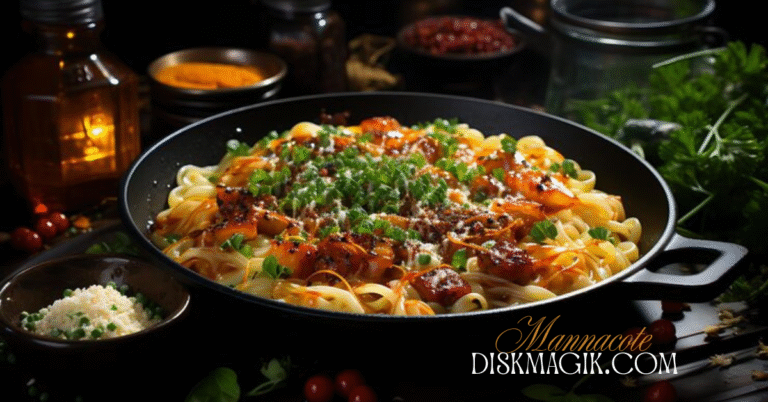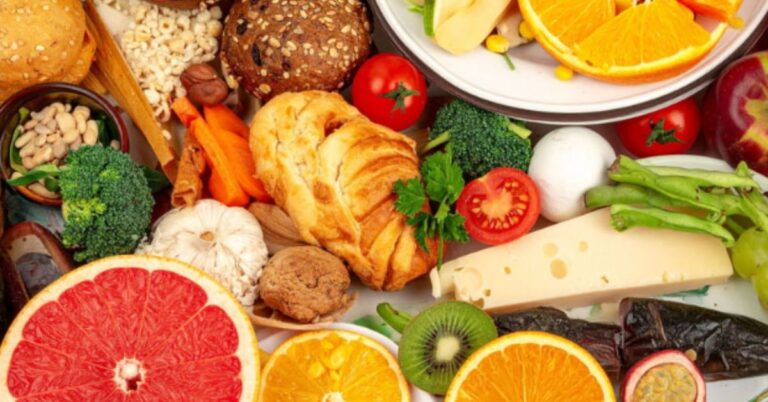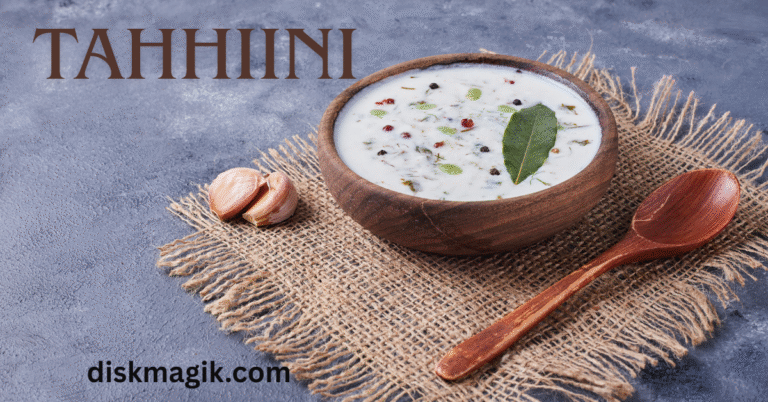Obiknovena Elda (Common Buckwheat): Complete Guide to Benefits, Uses, and Nutrition
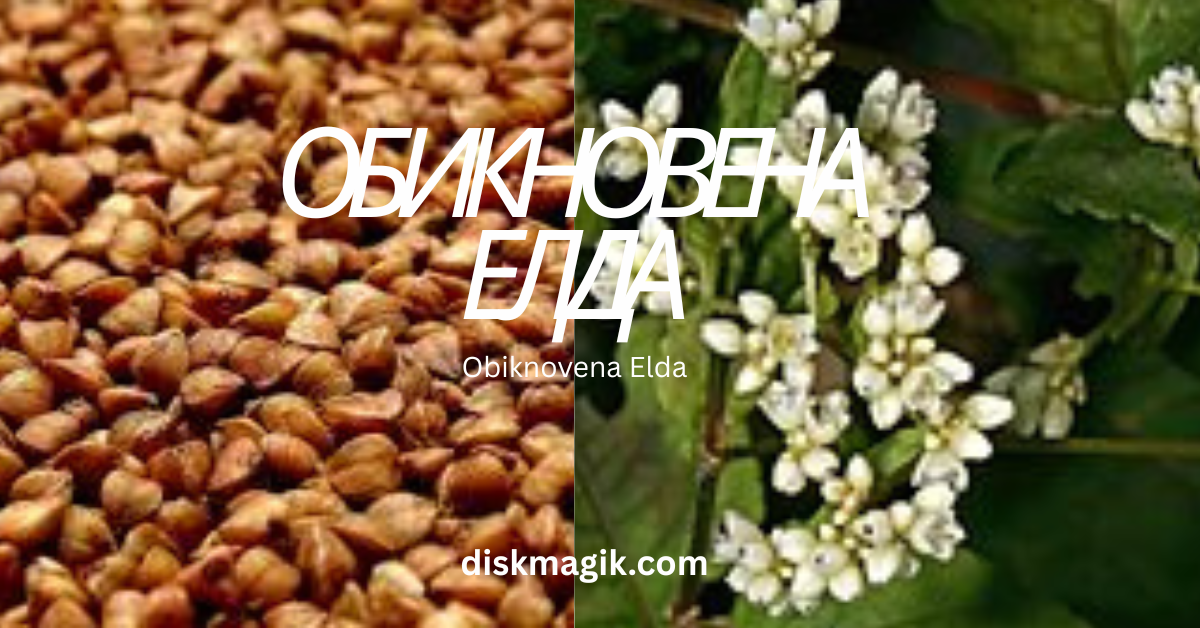
Introduction to Obiknovena Elda (Common Buckwheat)
Obiknovena elda, known in English as common buckwheat, is a highly nutritious pseudo-grain that has been consumed for centuries in Eastern Europe, Asia, and beyond. Despite its name, buckwheat is not related to wheat at all; instead, it belongs to the Polygonaceae family and is naturally gluten-free. Its seeds are rich in fiber, antioxidants, protein, and essential minerals, making it a staple in many traditional diets and an increasingly popular choice among people seeking healthy, plant-based nutrition.
In Bulgaria, Russia, Poland, and other parts of Europe, obiknovena elda is often prepared as porridge, baked into bread, or ground into flour for pancakes and noodles. Its earthy, nutty flavor makes it versatile in both sweet and savory dishes. Beyond taste, buckwheat is valued for its health-promoting qualities, including better digestion, improved heart health, and blood sugar regulation.
This article explores everything you need to know about obiknovena elda — from its nutritional profile and health benefits to cooking methods, cultural importance, and modern uses. Whether you’re new to buckwheat or looking to add more of it into your diet, this comprehensive guide will show you why it’s considered a superfood across many cultures.
What is Obiknovena Elda?
Obiknovena elda, or common buckwheat (Fagopyrum esculentum), is a flowering plant cultivated for its triangular seeds, which are used much like grains. Unlike true cereals such as wheat, rye, or barley, buckwheat is classified as a pseudo-cereal, meaning it mimics grains in use and nutrition but comes from a different plant family.
This crop thrives in poor soil conditions and requires little pesticide use, which makes it both environmentally friendly and sustainable. Farmers across Eastern Europe, especially in Bulgaria and Russia, have long grown buckwheat for its resilience and high yield. It matures quickly (within 10–12 weeks), allowing it to be cultivated in short growing seasons where other grains may fail.
The plant itself is notable for its delicate white or pink flowers, which attract bees and contribute to high-quality honey production. After harvesting, the seeds can be consumed whole (as groats), roasted (known as kasha), or ground into flour. Each form has unique uses in culinary traditions, from hearty porridges to crispy pancakes.
Today, obiknovena elda has gained global recognition as a gluten-free alternative for people with celiac disease, gluten intolerance, or those simply seeking healthier carbohydrate sources.
Nutritional Value of Obiknovena Eld
One of the reasons buckwheat is considered a superfood is its impressive nutritional profile. A 100-gram serving of cooked buckwheat groats provides:
- Calories: ~155 kcal
- Protein: 5–6 g
- Carbohydrates: 33–34 g
- Fiber: 4–5 g
- Fat: 1–2 g
- Minerals: Rich in magnesium, manganese, copper, iron, and zinc
- Vitamins: Contains B vitamins, especially niacin (B3) and folate (B9)
What sets buckwheat apart from other grains is its high-quality protein content, containing all nine essential amino acids, including lysine — which is often lacking in cereals. Additionally, it is a rich source of antioxidants such as rutin, quercetin, and catechins, which support cardiovascular health and reduce inflammation.
Its low glycemic index (GI) makes it an excellent choice for people managing diabetes, as it helps regulate blood sugar levels more effectively than refined grains. The combination of fiber and slow-digesting carbohydrates also promotes satiety, aiding in weight management.
Health Benefits of Obiknovena Elda
Incorporating obiknovena elda into your diet can provide a wide range of health benefits:
- Supports Heart Health: Rutin, a powerful antioxidant in buckwheat, strengthens blood vessels, lowers cholesterol, and reduces blood pressure.
- Improves Digestion: The high fiber content promotes gut health and prevents constipation.
- Regulates Blood Sugar: Low GI and resistant starch help stabilize glucose levels.
- Boosts Immunity: Packed with minerals like zinc and iron, buckwheat supports immune defense.
- Weight Management: High protein and fiber increase satiety, helping control appetite.
- Gluten-Free Nutrition: A safe alternative for people with gluten intolerance or celiac disease.
Scientific studies continue to highlight buckwheat’s role in reducing chronic disease risks, making it a valuable addition to modern diets.
Culinary Uses of Obiknovena Elda
Obiknovena elda is remarkably versatile in cooking. Depending on how it is processed, it can be used in several delicious ways:
- Buckwheat Groats: Cooked like rice or porridge, often served as a side dish with meat, vegetables, or milk.
- Roasted Buckwheat (Kasha): Popular in Eastern Europe, with a nutty flavor and chewy texture.
- Buckwheat Flour: Used in pancakes, crepes (such as French galettes), noodles (like Japanese soba), and gluten-free bread.
- Buckwheat Tea: Toasted buckwheat seeds are steeped to make a caffeine-free, antioxidant-rich tea.
- Baked Goods: Mixed with other flours for muffins, cookies, and cakes.
Its nutty flavor pairs well with mushrooms, onions, leafy greens, honey, and dairy, making it suitable for both sweet and savory recipes.
Obiknovena Elda in Bulgarian and Global Cuisine
In Bulgaria, obiknovena elda is often prepared as a hearty porridge or side dish. Families traditionally use it in soups, casseroles, or pilafs, making it an affordable and filling staple. Across Russia and Ukraine, roasted buckwheat (kasha) is considered a comfort food, often enjoyed with butter or milk.
Globally, buckwheat appears in various cultural dishes:
- Japan: Soba noodles made from buckwheat flour.
- France: Buckwheat crepes (galettes) from Brittany.
- India: Buckwheat flour (kuttu ka atta) is used during fasting periods.
- United States: Gluten-free pancakes and cereals.
This global versatility shows how obiknovena elda transcends cultures, adapting to both traditional and modern kitchens.
Farming and Sustainability of Buckwheat
Beyond its nutritional and culinary value, obiknovena elda is a highly sustainable crop. Farmers favor it because:
- It grows quickly in poor soils without chemical fertilizers.
- It suppresses weeds naturally, reducing pesticide needs.
- Its flowers support pollinators, especially honeybees.
- It requires less water compared to rice or wheat.
As the world shifts toward more eco-friendly farming, buckwheat stands out as a crop that supports both health and sustainability.
How to Cook Obiknovena Elda at Home
Cooking buckwheat is simple and requires minimal preparation:
- Rinse 1 cup of raw buckwheat groats under cold water.
- Boil 2 cups of water with a pinch of salt.
- Add groats, reduce heat, and simmer for 15–20 minutes until tender.
- Fluff with a fork and serve with vegetables, milk, or meat.
For extra flavor, lightly toast the groats before cooking. This enhances the nutty aroma and gives a roasted taste similar to kasha.
Possible Side Effects and Precautions
While obiknovena elda is safe for most people, a few considerations are important:
- Allergic reactions: Rare, but some individuals may experience sensitivity.
- Overconsumption: Eating very large amounts may cause digestive discomfort.
- Processing: Ensure buckwheat products are certified gluten-free if you have celiac disease, as cross-contamination with wheat may occur.
Moderate, balanced intake ensures maximum health benefits without risks.
Conclusion
Obiknovena elda (common buckwheat) is more than just a traditional food — it is a powerhouse of nutrition, sustainability, and culinary versatility. From its rich protein content and antioxidants to its role in supporting heart health and blood sugar balance, buckwheat has earned its reputation as a global superfood.
Whether enjoyed as a simple porridge, baked into bread, or transformed into noodles, obiknovena elda adapts to countless recipes across cultures. For health-conscious individuals, it offers a gluten-free, nutrient-dense alternative to processed grains. For farmers, it represents a sustainable crop that benefits both people and the planet.
Incorporating obiknovena elda into your diet is a simple step toward healthier living — one that connects you with centuries of tradition while meeting the demands of modern nutrition.
FAQs About Obiknovena Elda
Q1: Is obiknovena elda the same as wheat?
No. Despite its name, buckwheat is unrelated to wheat and is naturally gluten-free.
Q2: Can buckwheat help with weight loss?
Yes, its high fiber and protein promote satiety, which helps control appetite.
Q3: Is buckwheat safe for people with diabetes?
Yes, its low glycemic index makes it suitable for managing blood sugar levels.
Q4: What is the difference between buckwheat groats and kasha?
Groats are raw seeds, while kasha refers to roasted buckwheat with a nuttier flavor.
Q5: Can I replace rice with buckwheat?
Absolutely. Buckwheat makes a healthy alternative to rice in pilafs, soups, and side dishes.

